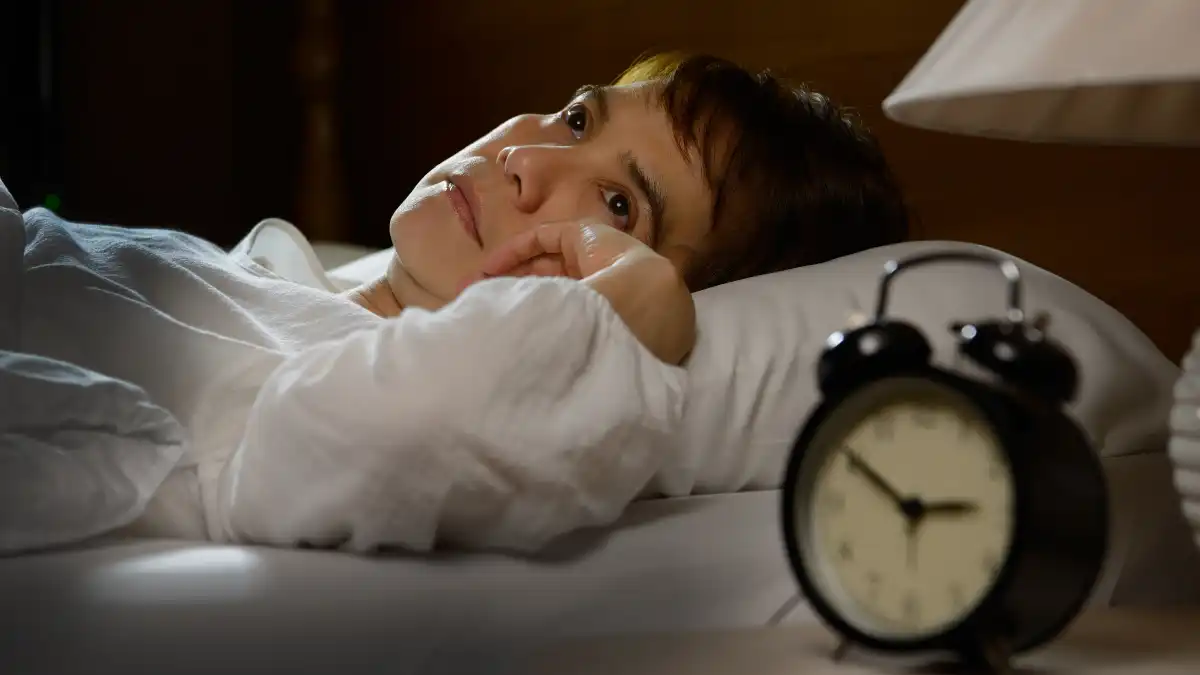That eight-hour sleep mandate you’ve been chasing is broken. You feel it every morning you hit snooze after a full night’s rest, while someone else seems to thrive on just six.
The constant pressure to meet this magic number creates more stress than rest, leaving you feeling guilty and exhausted. The real problem isn’t how long you’re in bed; it’s what your body is doing while you’re there.
This guide dismantles that outdated myth. You will discover the one biological secret to making six hours of sleep more powerful than eight: aligning with your body’s hidden clock. Get ready to stop counting hours and start making your hours count.
The 8-Hour Myth: Why Good Sleep Beats Long Sleep
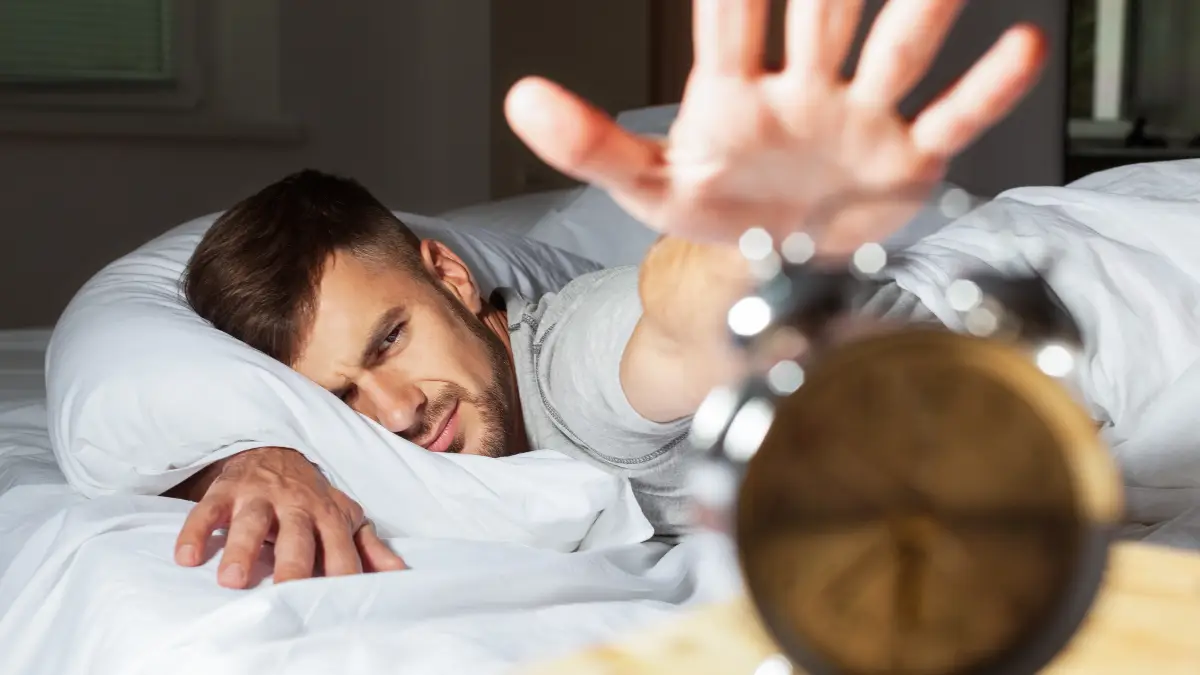
The idea that everyone needs eight hours of sleep is a myth. It ignores the most important part of rest: its quality. Eight hours of tossing and turning is less helpful than a shorter, solid night of sleep.
So, what makes sleep “good quality”? It’s not just a feeling. You can measure it. Good sleep means you:
- Fall asleep quickly. Usually in 30 minutes or less.
- Stay asleep. You wake up no more than once a night.
- Are actually sleeping. You spend at least 85% of your time in bed asleep.
- Wake up feeling refreshed. You have the energy to get through your day.
The 8-hour rule also fails because everyone is different. Your sleep needs are based on your genes, just like your height.
Neurologist Dr. Louis Ptacek found that some people are born to feel great on just four to six hours of sleep. They have what’s called Familial Natural Short Sleep (FNSS). This shows that your biology, not a clock, decides how much sleep you need.
Even major sleep groups like the American Academy of Sleep Medicine say that healthy sleep is about more than just how long you’re in bed.
They agree that good quality, timing, and a regular schedule are just as important. One study found that for college students, sleep quality was a much better sign of good health and mood than sleep quantity was.
Worrying about getting eight hours can actually make your sleep worse. This “sleep performance anxiety” causes stress, which makes it harder to fall asleep and stay asleep.
When you stop chasing a number and focus on quality, you can break this cycle and finally get the rest you need.
The “One Thing”: Work With Your Body Clock (Chronotype)
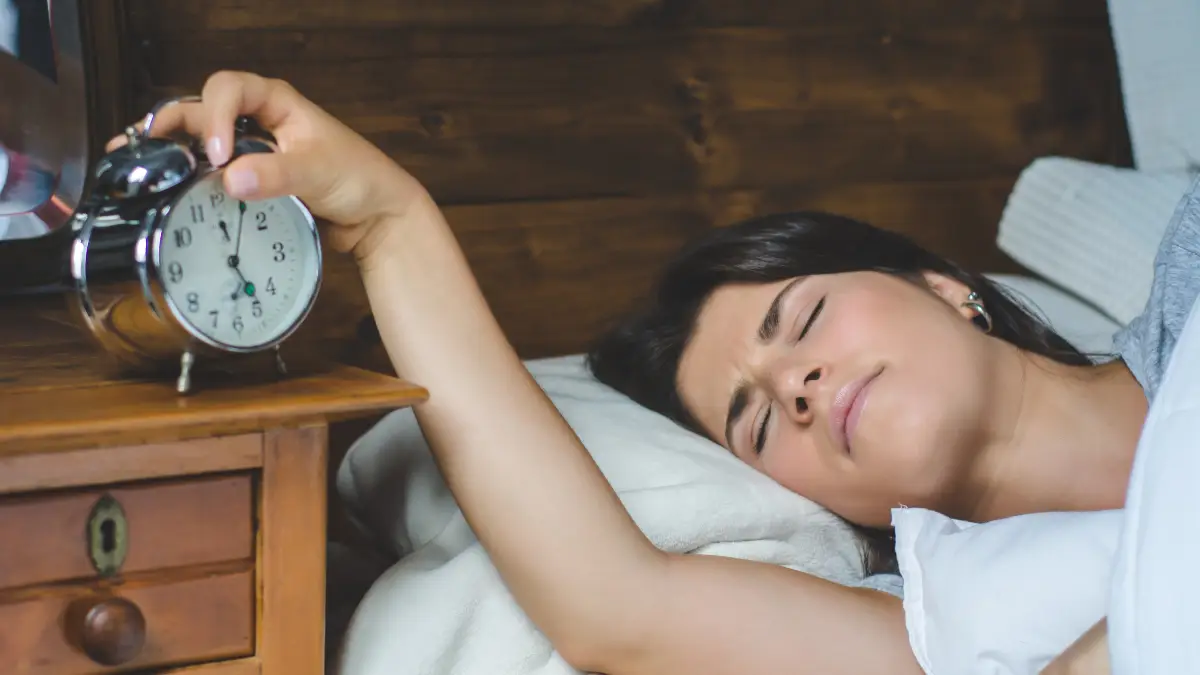
The single best way to get better sleep in less time is to match your sleep schedule with your body’s internal clock, or chronotype. Your chronotype is your natural tendency to sleep and wake at certain times. It’s mostly set by your genes.
Working with this clock is the “one thing” that helps your body get the most restorative sleep possible.
Sleep specialist Dr. Michael Breus sorted chronotypes into four groups to make them easy to understand :
- The Lion (Early Bird): About 15% of people are Lions. They wake up early, are most productive before noon, and get tired in the evening.
- The Bear (The Majority): About 55% of people are Bears. Their sleep cycle follows the sun. They feel most productive in the late morning and often get sleepy in the mid-afternoon.
- The Wolf (Night Owl): About 15-20% of people are Wolves. They naturally stay up late and have a hard time waking up early. They do their best work in the late afternoon and evening.
- The Dolphin (The Light Sleeper): About 10% of people are Dolphins. They are light sleepers with messy schedules and are easily woken up by noise or light.
Many people get poor sleep because of “social jetlag”. This happens when your body clock doesn’t match your social clock, like a 9-to-5 job.
A Wolf’s body is not ready for sleep at 10 p.m. or for hard work at 9 a.m. Forcing them to follow that schedule is like making them live in the wrong time zone.
This mismatch is a big reason for lost productivity. The typical 9-to-5 workday is built for Bears and Lions, leaving about 35% of people (Wolves and Dolphins) to struggle.
This forced schedule is a major reason why poor sleep costs the U.S. economy up to $411 billion a year in lost work.
When you sync your sleep with your chronotype, your body sleeps more efficiently. You fall asleep faster and spend more time in the most important sleep stages.
By working with your body, you can get more rest in less time. This makes six hours of synced, quality sleep feel much better than eight hours of “junk” sleep.
How to Get More Deep & REM Sleep
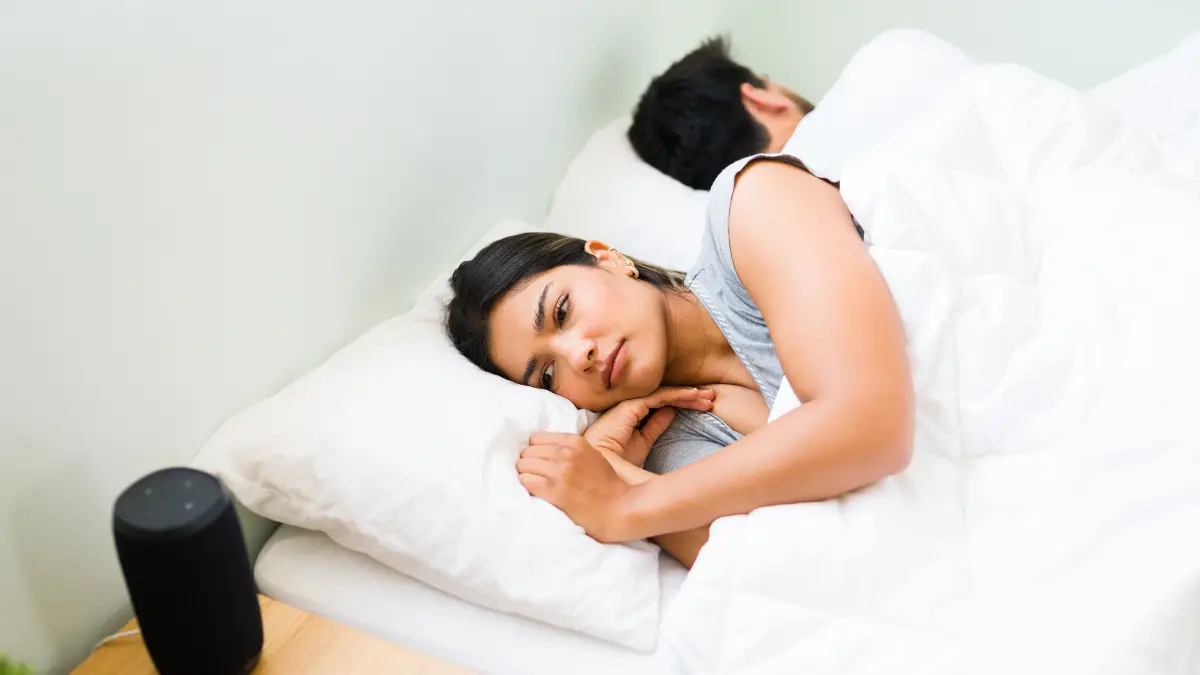
To see why sleeping with your chronotype works, you need to know about the two most important parts of sleep: Deep Sleep and REM Sleep. These are the stages where your body and brain do their most important repair work.
Deep Sleep is for your body. During this stage, your body repairs cells, strengthens your immune system, and cleans waste from your brain. This brain cleaning may help protect against diseases like Alzheimer’s. Healthy adults spend about 13-23% of their night in deep sleep.
REM Sleep is for your brain. This is when you dream. It’s key for storing memories, handling emotions, and boosting creativity.
Your brain strengthens important connections during REM sleep. Adults spend about 20-25% of their night in this stage.
Your body doesn’t get these types of sleep at random. Most deep sleep happens in the first half of the night. REM sleep happens in longer periods during the second half. This is where your chronotype comes in. When you go to bed at your body’s ideal time, you fall asleep faster and get into that first big wave of deep sleep.
This is why generic advice like “go to bed at the same time every night” often fails. If a Wolf forces themself to bed at 10 p.m., they are fighting their biology. They might lie awake, get frustrated, and miss their best window for deep sleep.
Here are simple ways to get more of these key sleep stages, based on your chronotype:
How to Get More Deep Sleep:
- Wake up at the same time. This is the best way to set your body’s clock.
- Keep your room cool, dark, and quiet. The best temperature is between 60 and 67 degrees Fahrenheit (15-19°C).
- Skip caffeine and alcohol at night. Caffeine keeps you awake, and alcohol ruins your sleep later in the night.
- Exercise every day. But try not to exercise within 2-3 hours of bedtime.
- Have a “wind-down” routine. Spend 30-60 minutes before bed doing something relaxing without screens, like reading or taking a warm bath.
How to Get More REM Sleep:
- Get a full night’s sleep. Because REM happens late in the night, cutting sleep short hurts it the most.
- Don’t drink alcohol before bed. Alcohol is especially bad for REM sleep.
- Stick to your chronotype schedule. A consistent schedule that fits your body is the best way to get healthy REM sleep.
The High Cost of Fighting Your Body Clock
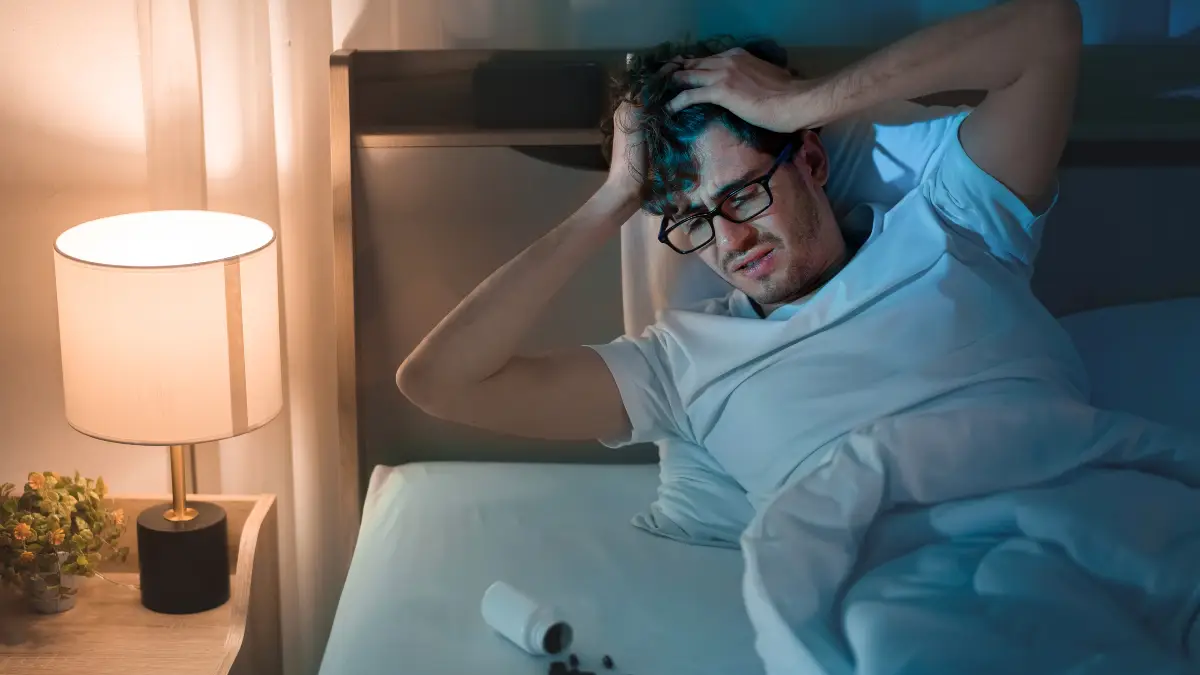
Ignoring your body’s natural sleep rhythm is more than just an inconvenience. It’s a real risk to your health, your brainpower, and your wallet. The problems caused by poor-quality sleep are serious.
When you sleep at the wrong time for your body, you put it under a lot of stress. Johns Hopkins Medicine reports that people with chronic sleep problems have a 48% higher risk of heart disease, a nearly three times higher risk for type 2 diabetes, and a 33% higher risk of dementia.
Poor sleep messes with your hormones, making you crave junk food and gain weight. It also makes it harder for your body to control blood sugar and raises your blood pressure.
Your brain suffers, too. The productivity you lose sleep for is destroyed by the effects of that lost sleep. Not getting enough quality sleep hurts your judgment, problem-solving, and attention to detail.
Your reaction time slows down so much that it’s like you’re drunk, which is very dangerous for driving. Your brain’s emotion center goes into overdrive, making you irritable and anxious, while the logic part of your brain slows down.
You can also have “microsleeps”—tiny, involuntary naps that cause you to lose focus and make mistakes.
The total cost of this problem is huge. The RAND Corporation found that sleep deprivation costs the U.S. economy up to $411 billion every year in lost productivity.
Workers who sleep poorly are absent from work more than twice as often as those who are well-rested, costing an estimated $44.6 billion a year. The message is clear: sleeping out of sync with your body is a massive problem for everyone.
Your 2025 Action Plan: 3 Steps to Better Sleep
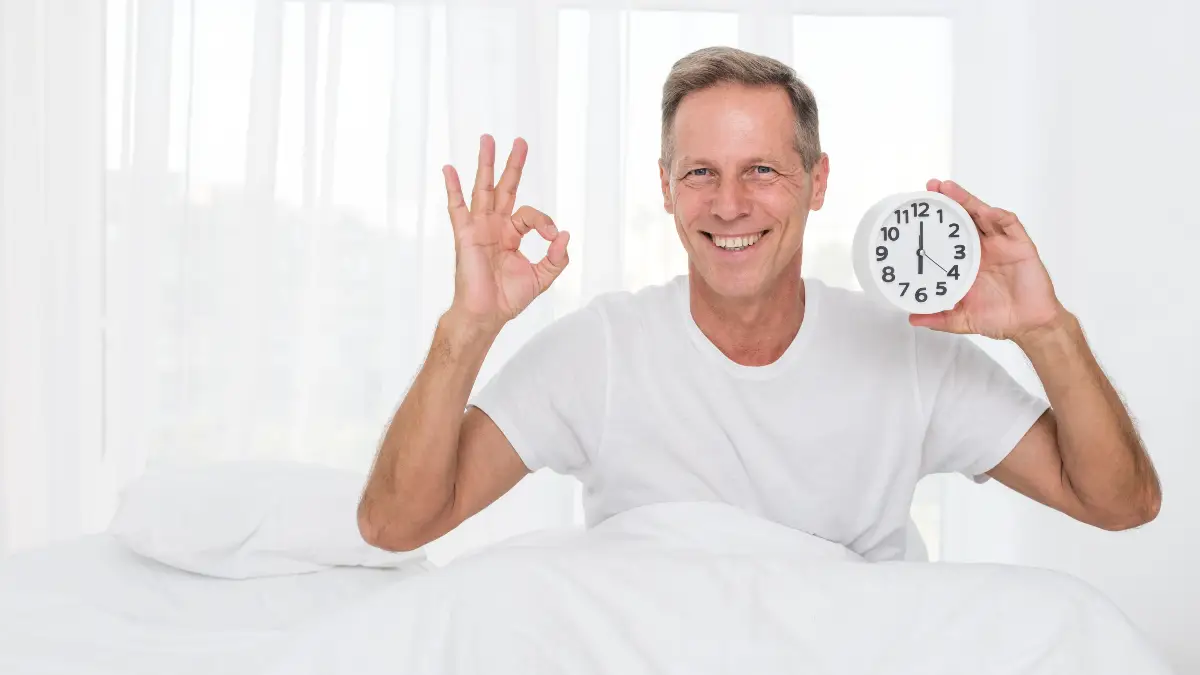
Now it’s time to put this information to use. This three-step plan will help you create a sleep schedule that works with your body, not against it.
Step 1: Find Your Chronotype
First, you need to know your natural sleep type. You might already have a good idea, but a quiz can help make it clear.
- Take a Quiz: The easiest way is to use an online tool. Dr. Michael Breus’s Chronotype Quiz is a popular and quick way to find your animal type.11 For a more detailed look, the Munich ChronoType Questionnaire (MCTQ) asks about your actual sleep and wake times.
- Try a “Vacation Test”: When you’re on vacation or have a few days off with no alarm clock, pay attention to your body. When do you naturally get tired? When do you wake up on your own? This will show you your true biological schedule.
Step 2: Design Your Perfect Schedule
Once you know your chronotype, you can plan your day around your body’s high and low points. This is about more than just bedtime. It’s about scheduling your hardest tasks, exercise, and meals for when your body is ready.
| Feature | Lion (Early Bird) | Bear (The Majority) | Wolf (Night Owl) |
| Best Wake Time | 5:30 AM – 6:30 AM | 7:00 AM – 8:00 AM | 8:30 AM – 9:30 AM+ |
| Peak Work Time | 8:00 AM – 12:00 PM | 10:00 AM – 2:00 PM | 4:00 PM – 8:00 PM |
| Mid-day Task | Lighter tasks | Energy dip ~2-4 PM | Plan for peak time |
| Best Exercise Time | 5:30 PM or early AM | Late afternoon | 6:00 PM – 7:00 PM |
| Wind-Down Time | Starts at 9:00 PM | Starts at 10:00 PM | Starts at 11:00 PM |
| Best Bedtime | 9:30 PM – 10:30 PM | 11:00 PM – 12:00 AM | 12:30 AM – 1:30 AM |
If your job has a fixed schedule, do your best to work with it. A Wolf with a 9-to-5 job should save their hardest work for the afternoon.
They should do easier tasks, like checking emails, in the morning. Getting sunlight as soon as you wake up can also help a Wolf’s body clock adjust.
Step 3: Track Your Sleep with Technology
The last step is to use technology to see how you’re doing. Sleep trackers give you real data on how your new schedule is affecting your sleep.
- Top Wearables for 2025:
- Oura Ring 4: A small ring that gives detailed information on your sleep stages, heart rate, and body temperature. Its “Body Clock” feature helps you sync with your chronotype.
- WHOOP 4.0: A wristband that tracks sleep, recovery, and daily activity, giving you a full picture of your performance.
- Samsung Galaxy Ring / Apple Watch Series 10: Great choices for Android and iOS users who want a device that connects with their other tech.
- Helpful Apps:
- Sleep Cycle: An app that uses your phone’s microphone to track your sleep. It’s a great way to start without buying a new device.
- Rise Science: This app tracks your “sleep debt” and shows you your daily energy rhythm to help you plan your day.
The process is simple. Track your sleep for one week to get a starting point. Then, make the changes from Step 2. Keep tracking and look for real improvements, like falling asleep faster and getting more Deep and REM sleep. This data will show you that the changes are working.

